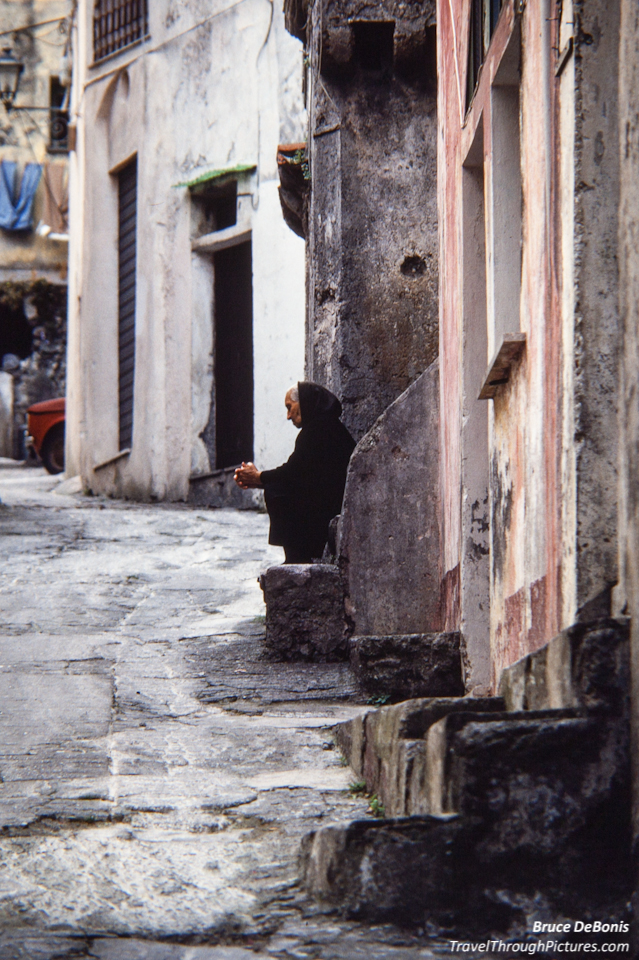
Please note: the quality of photos will be limited to the resolution of your phone’s camera.
#How to convert slides to digital with dslr tv#
3-IN-1 INTERNATIONAL ADAPTER & MORE – Extended Accessories Pack Includes Universal Power Source for US, EU & UK, Cleaning Wand, USB Cable & TV Cable Power Adapter View Images Big Screen TV, Etc.MEMORIES FOR THE NEW MILLENNIUM – Use Any SD Card Up to 32GB Perfect for Enhancing & Printing Old Photos & Sharing Old Film Formats on Social Media.UPDATED USER INTERFACE WITH 2.4” LCD – Dedicated Scan & Home Buttons Provide Easy One-Press Scanning & Quicker Menu Navigation View & Edit Current Slide or Gallery Pictures on the Color Display.MULTIPLE ADAPTERS FOR FAST LOADING – Enjoy Maximum Compatibility & Ease of Conversion w/ a Variety of Adapters Designed for Fast, Continuous Loading Improve Quality Up to 14/22MP w/ Adjustable Brightness, Color & Reverse/Flip.AMAZING MINIATURE FILM SCANNER – All-in-One Device Lets You Scan, View, Edit, Convert & Save Old 135, 126, 110, Super 8 & Monochrome Negatives & Slides Turn Your Old Pictures Into Sharp, Clear, Detailed Color or Black & White JPEG Files.Rybozen Mobile Film and Slide Scanner, Converts 35mm Slides & Negatives into Digital Photos with Your Smartphone Camera, Interesting Presents and Toys with LED Backlight(2AA Batteries not Included

KODAK Mini Digital Film & Slide Scanner – Converts 35mm, 126, 110, Super 8 & 8mm Film Negatives & Slides to 22 Megapixel JPEG Images – Includes – 2.4 LCD Screen – Easy Load Film Adapters Reflecta HD Slide Duplicator for Digital Cameraģ5 mm Film Adapter Compatible with Nikon ES-1 Slide Adapterġ35 Film Slide Scanner Converts Negative,Slide&Film to Digital Photo,Supports MAC/Windows XP/Vista/ 7/8/10 Then zoom back out for your shot.Albinar Digital 35mm Slide Copier Duplicator for Canon, Nikon, Pentax, Sony Cameras with 52mm Lens Filter Threadġ35 Film Scanner High Resolution Slide Viewer,Convert 35mm Film,Negative &Slide to Digital JPEG Save into SD Card, with Slide Mounts Feeder No Computer/Software Required Try zooming in too close to the negative to meter the shot so your histogram isn’t picking up the mask/negative carrier or any spare parts from the light table. It’s easy to clip the blue if you're not careful. Be sure to use the histogram on your DSLR, especially for color film. It’ll take some time to get your workflow down. You don’t want glare from overhead lights on your negative.
#How to convert slides to digital with dslr manual#
You can usually find them pretty cheap because they tend to be manual focus lenses from the film era, back when people had a need to copy slides and stuff.
The copy lens or enlarger lens has the advantage of a flat field of focus. That will serve the purpose of masking out the extra light and holding the negative flat. I rarely use Lightroom.Īs for procedure, I recommend a light table, a good macro lens made for copy work or an adapted enlarging lens, and a negative carrier or scanner film holder. I don’t think Lightroom will allow you to stitch files, but I’m not certain. Plus, it allows you to make better use of the raw images because PS will convert the images to a PS compatible files before it stitches them. But in any case, if you don’t need to stitch, don’t. Nine almost always gives me issues with PS not lining up the images properly, and doing it by hand is a real nightmare. I’ve stitched together many negatives, and my advice is to keep it as few as you can get away with. That should give you more resolution than you need. If scans will only be used for posting on the internet, then just do it in one shot.


 0 kommentar(er)
0 kommentar(er)
